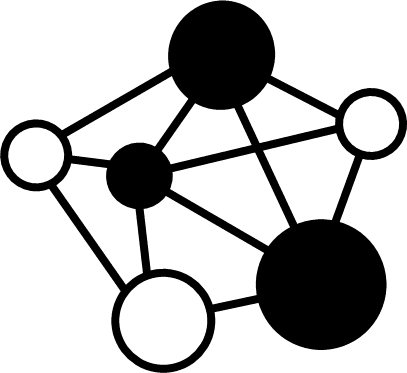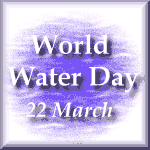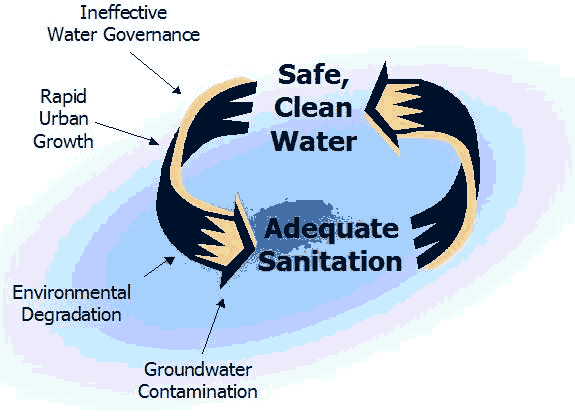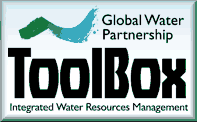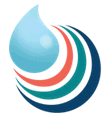 |
|
|||||
|
 | ||||
|
GDRC Research Output |
| |||||
|
on GDRC | ||||||
|
|
A round the world, 884 million people do not have access to safe drinking water and 2.5 billion are without adequate sanitation facilities. |
|
D iarrhoea causes 2.5 million deaths/year, accounting for around 21% of all-cause mortality for children under five years old in developing countries (Kosek, 2003). This is equivalent to one child dying every twelve seconds, or a jumbo jet full of children crashing every 90 minutes. |
|
U p to 30% of fresh water supplies are lost due to leakage in developed countries, and in some major cities, losses can run as high as 40% to 70%. |
|
A person living in Sub-Saharan Africa uses about 10-20 (2.6-5.26 gallons) litres of water a day; on average, a Canadian uses 326 litres (86 gallons) a day. |
|
T he average amount of water needed to produce one kilogramme of potatoes is 1000 litres, wheat is 1450 litres and rice is 3450 litres. Agriculture accounts for over 80% of the world's water consumption. |
|
L ack of safe water and sanitation costs sub-Saharan Africa around 5% of its Gross Domestic Product (GDP) each year. |
|
T he UN suggests that each person needs 20-50 litres of safe freshwater a day to ensure their basic needs for drinking, cooking and cleaning. The daily drinking water requirement per person is 2-4 litres, but it takes 2 000 to 5 000 litres of water to produce one person's daily food. |
